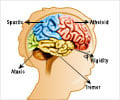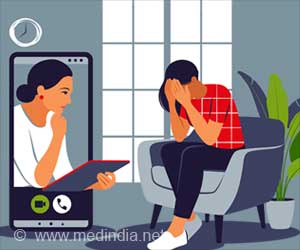Cerebral palsy is among the most prevalent movement disorders in children. Experts from various streams share their expertise and summarize new research aimed at maintaining and improving function, independence and quality of life in patients.

TOP INSIGHT
The ultimate goal of the treatment is to improve activity, participation, and quality of life the patients.
Read More..
This collection of articles taps into the expertise of an international group of scientists and discusses multiple aspects of caring for children and adults with CP. The editors hope to promote multidisciplinary thinking and collaboration to improve outcomes.
The articles in this issue cover topics such as:
- How to improve scoliosis care
- Realistic goal setting
- Home exercise programs to improve walking ability in children with diplegia
- How to improve walking speed in adults with CP
- Prevalence and goal attainment with spinal orthoses for children
- Efficacy of prefabricated carbon-composite ankle-foot orthoses
- Improving postural symmetry in children with hemiplegia
- Safety of intramuscular injections in children with CP
- Nutritional care
- A classification system for assessing eating and drinking ability
"We in pediatric rehabilitation medicine have a unique understanding and are in an important position to bridge the lifespan gap that exists in other medical communities," added Dr. Gaebler-Spira. "Our training exposes all of us to adults with a disability. Faculty enthusiastically engage with all pediatric rehabilitation medicine residents by teaching and expanding the clinical care for children with CP who are aging into adulthood. Many of us in academic programs have taught the next generation of pediatric rehabilitation providers to consider the needs of adults with CP and continue to work with adults to maintain function and independence."
Recognizing that there is no cure for CP, childhood disability is now an applied science that focuses on function, family, fun, future, fitness, and friends. The goal is to increase functionality, improve capabilities, and sustain health with respect to locomotion, cognitive development, social interaction, and independence. Symptomatic treatment programs involve physical and behavioral therapy, pharmacologic and surgical treatments, mechanical aids, and management of associated medical conditions. The creation of subspecialties, such as pediatric rehabilitation medicine and neuromuscular medicine now provide specific pathways for training. There is also a clear need among healthcare providers for explicit and clear agreements on how to measure and provide nutritional care for children with CP.
Source-Eurekalert
 MEDINDIA
MEDINDIA


 Email
Email





